
Pogust
-
Posts
108 -
Joined
-
Last visited
Content Type
Profiles
Forums
Downloads
Posts posted by Pogust
-
-
For several years there has been something on mango trees killing some of the new soft shoots. This year it's been on almost all trees, continuing for every new flush.

There are small holes around the shoot evenly spaced. And a few other holes further out. It's not stem borers when I never find any larvae inside. I have stem borers too but they only make one hole. There could be a sap sucking insect walking around the shoot making them? Must be during night when I never seen any bugs in daytime. They do much harm as the trees struggle to grow and get cut back all the time. Haven't done any spraying of wood vinegar and soap this year when most trees are doing OK without it.
Anyone got a suggestion what it could be? Might have to spend some nights with a headlamp among the trees...


-
When we started develop our land 7 years ago we got 4 mango plants from neighbours. Didn't understand yet then that they need to be grafted. They were from seeds. Growing very well, nice big trees but no fruits. I have now cut them back and grafted them all from bought trees. Will hopefully get fruit on them next season.
A couple of the grafted trees we bought don't fruit either. A neighbour explained that some cultivars of mango don't like it here. I'm near the coast with no real cold winter and that might be the reason. This winter been way too warm and only a few mangos produce fruit.
Potassium is needed to set fruit. I tried spraying one year without any result. I have bee feeding them lots of mulch from legumes so maybe too much nitrogen compared to potassium in the soil.
Grafting is best done during summer when trees grow fast. But not that easy, takes some trail and error to get it to work. Important to find the right scion. Best if you can find some older shoots with buds ready to grow. Wrap the whole scion with tape to avoid it to dry out. I found this tape to work for me:
-
 1
1
-
-
Dreams contra reality. Calculations how much material would be needed to fulfil those electric dreams. And how much material there is available. Anything those 4 persons say is worth listening to.
-
Conversation with people who really know the facts around EVs and Hydrogen vehicles. Possibilities and limits. Take the time to listen.
-
- Popular Post
- Popular Post
I have built several small house extensions using 100 mm AAC blocks. A pump-house and a kitchen. No need for any posts. But do get a lintel above door and window. Doors and windows mounted with polyurethane spray foam, no need for mechanical fasteners.
If you ever tried to break down a 100 mm AAC wall you realize how strong it is.....
-
 2
2
-
 1
1
-
Don't know about durian, but I see young trees trying to produce the first year not developing fruit. I think they are still too young and need to grow bigger before having enough energy to produce fruit. Jackfruit having only a few male flowers first year, then female also the next and producing.
-
 1
1
-
-
They grow well here but look out for bugs on them. Mealy-bugs were very fond of mine when I was growing them. I gave up on them and use leuceana, gliricidia and samanea instead as shade-nitrogen fixers.
-
Just bought this. Haven't done much work with it yet. It feels solid. Just make sure you buy the 15 cells battery! I have the same battery for electric chainsaw and other machine. Same battery fittings as makita. I have almost totally stopped using cable machines now.

-
 1
1
-
-
- Popular Post
- Popular Post
Cut grows with skilsaw at several points and glued rebar in. When pouring concrete and vibrating it well after walls are up it will bond together far better than thai way.

-
 1
1
-
 1
1
-
 1
1
-
I built 3 houses with 20 cm Qcon blocks. Didn't use any concrete pillars except in corners. The top layer was two 7,5 cm blocks where I had rebar and concrete between. If building a one story light construction house it's possible to avoid all these pillars. I have concrete/rebar surrounding the house making it very strong construction.
-
 1
1
-
 1
1
-
-
-
Facts from people who really knows the limits to EVs.
<iframe width="806" height="453" src="https://www.youtube.com/embed/5stPFdegJpg" title="Electric Vehicles: Arthur Berman, Pedro Prieto, & Simon Michaux | Reality Roundtable #1" frameborder="0" allow="accelerometer; autoplay; clipboard-write; encrypted-media; gyroscope; picture-in-picture; web-share" allowfullscreen></iframe>
-
Any polyurethan will be fine. Use well diluted for primer. then sand off the fibers that raise up before next layer. It can be brushed on thicker than most other varnishes when it is two part. But consider putting a third layer on, it will look so much better and create a better seal of the wood.
-
 1
1
-
-
Heavy use of chemical fertilizers and sprays will kill off soil life and reduce worms and other life forms. Earth worms need humus content, decomposing plant matter that they feed on. By using compost and mulch you will add what worms need and they will come back again. The habit of burning everything instead of returning plant matter to the soil is a bad thing in Thailand.
-
 2
2
-
-
I'd say it depends on the thickness of the present concrete floor. If it will allow the point load of columns.
Thickness of concrete slab, and if there is rebars in it.
-
 1
1
-
 1
1
-
-
I would get stainless rivets. Doubt steel will last very long together with aluminium in this climate.
-
I have similar result. Newer trees that just got up to production does very well this year. Both larger European type and smaller Thai variety. Seems it's important where they grow. In some spots they just aren't happy.
-
 1
1
-
-
10 hours ago, drtreelove said:
I've come to trust the cultivation and protection of the benefical biology in the soil and the foliar crown as the primary pest and disease control measure, along with plant nutrition as the key to building natural resistance. "Healthy plants don't get pests and diseases" principle.
Yes I have found the trees to get less bug problem for every year I supply them with more nutrition. I had to start with fill up material on the land, crushed rock mainly where not even weeds were growing. I'm in durian land and good earth is very expensive here. Didn't know anything about growing in the Tropics either, and the shallow rich soil in Tropical forests. Started with whatever I could find of organic material, sawdust, grass, water hyacinths that I spread on the land. With plenty of cow manure on that I started to grow sesbania and other fast growing legumes that shaded the land and gave grass a chance to cover the dirt. Shop and drop of the legumes gave some more organic matter to the soil and slowly a thin layer of living soil built up. Different "weed plants" moved in, was regularly cut and contributed to the soil buildup.
Sesbania, leuceana, moringa, pigeon pea, gliricidia, samanea etc covered the ground and gave shade. I started planting some hardy trees, jackfruit, mango, bananas, papaya etc between them. On your advice I did a soil sample and got a suggestion on what to ad to the land. It made a huge difference that could be seen in a few months after spreading a ton of bone meal, stone meal etc.
After 6 years I now have a fast growing food forest with around 200 fruit trees coming up. Almost 2 cm thick black soil on top, earth worms moving in and trees getting happier. Understory of cocoa and coffee between larger trees. Can't plant tubers yet as they need deeper good soil but getting there too in maybe another 6 years. Bought a small excavator and dig a deep hole where I mix in manure and rice husks for every new tree and bush I plant, creating environment for the soil food web, internet of the ground that distribute nutrition around.

4 years ago I was nursing this leucaena along among the stones.

Today that part of the land has grown up. Still 50% support nitrogen fixers, but I cut them away as the fruit trees grow up. Will end up with 10-20% shade trees/nitrogen fixers.
Last part of the land to develop. Avocado, cocoa, coffee on the way up under shade from leucaena.
I still have to use some sprays but need less over time. Mealybugs love papayas, but so do I and the ducks.... Try to work after Permaculture principles, but it's not easy when surrounded by commercial durian farms that spray all the time. All their bugs come to me instead.
-
 1
1
-
-
I been using wood vinegar for some years now. There are different producers with what I guess different "strength". Tried one highly refined clear liquid, but trees didn't appreciate that. 1:100 dilution with the black stuff seem to work OK on fruit trees. I mix in 1:200 detergent also to suffocate some bugs.
-
22 hours ago, Steve910 said:
Thank you so much for your comment. I should add that I am close to a dam and there is a canal just a few meters away where I can pull water to continually refill the pond. Would this make it suitable for using as a fish pond and a place to pull water from as I can always refill the pond?
If you have access to water all year you don't need a deep pond. A flat bottom will make it possible to drag a net across and get the fish. Plant trees around to get some shade, both for fish and fisherman.
-
You need 30% clay content in the soil for the pond not to leak. Sounds like you have that.
Pond for holding water and for fish is not the same thing. For water it should be as deep as possible, but a fish pond should be less than 2 m deep and have a flat bottom so you can catch the fish. I would not have steeper sides than 60 degrees. If you take water for watering the level will change over the year and a shelf for fish breeding would not work so well.
-
 1
1
-
-
6-7 m seem to be minimum for durian. They grow very wide. I'm in durian area. You could consider planting some fast growing legumes between that give shade to durians the first years. Many here use bananas for that. Bananas are good mulch producers too and help the soil.
Mangosteen could have less spacing. I see 4-5 m in some old orchards. They grow so slow that if you plant for the size it will reach after 10-15 years you have too much empty space between for the first years.
2 good places to look for info:
-
 1
1
-
-
- Popular Post
- Popular Post
I'm working on a Permaculture food forest near Rayong in the durian area. That means everybody around me is spraying the durian mono-cultures and all bugs come to me... I do get plenty of birds that enjoy the bugs but they can't keep up. Spraying with soapy water - wood vinegar - neem oil helps but will not take all.
If I had known this from start I would have gone for a place away from commercial orchards. I will probably have to cull the most susceptible trees like guava.
My hate object number one is the red ants! Been bitten enough of them, not allowed here.
Looking forward to the discussion.
-
 1
1
-
 1
1
-
 1
1
-
I bought a load of cow manure once that trees didn't like. They didn't die but looked sad for a while. Is the brown grass area the same that you added manure to?

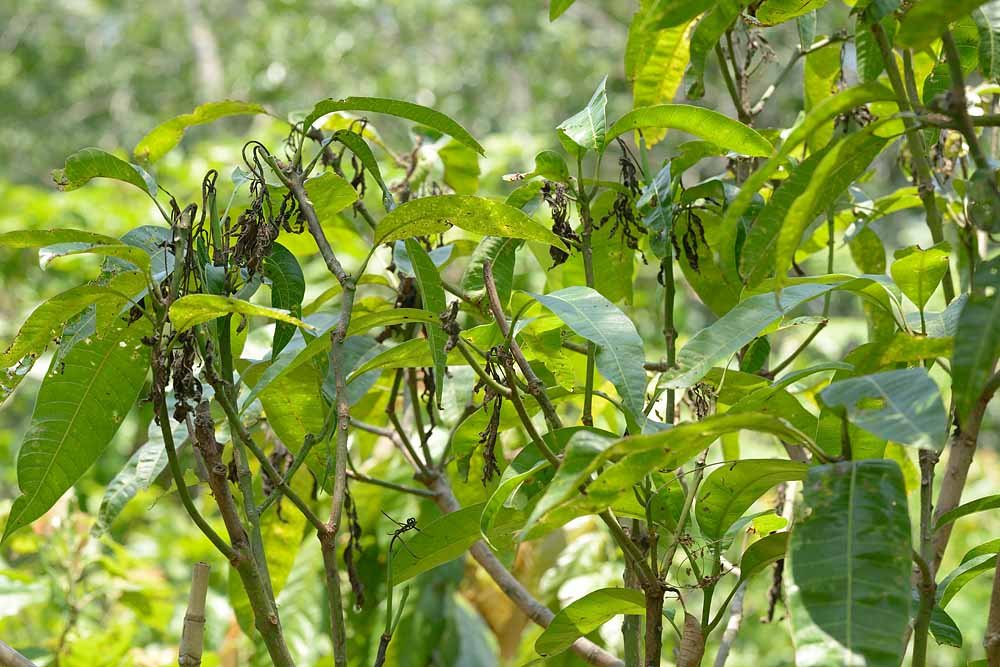
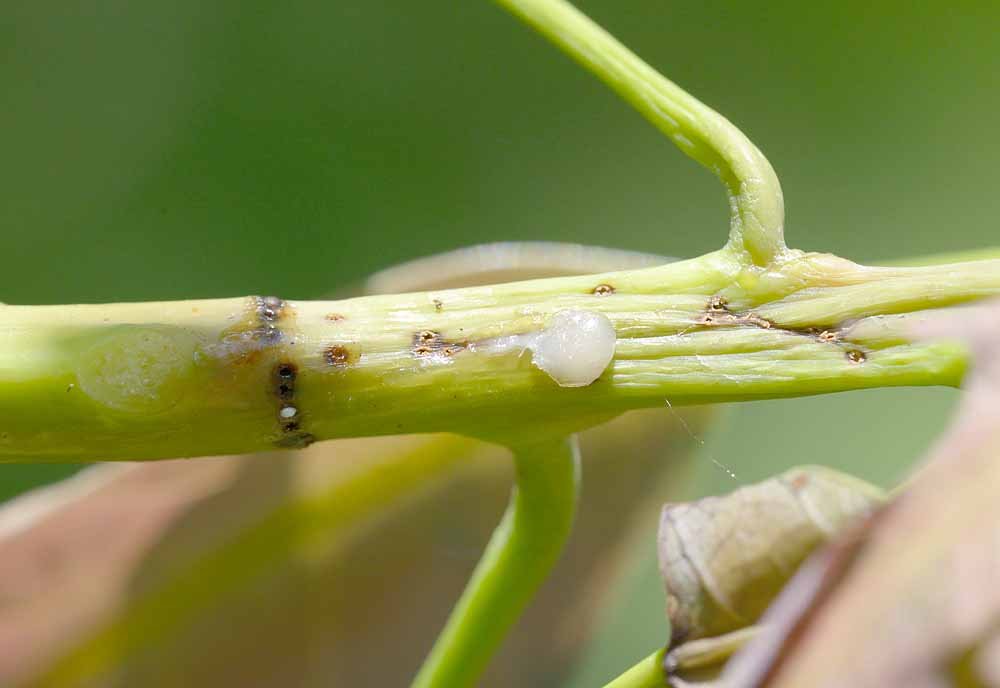
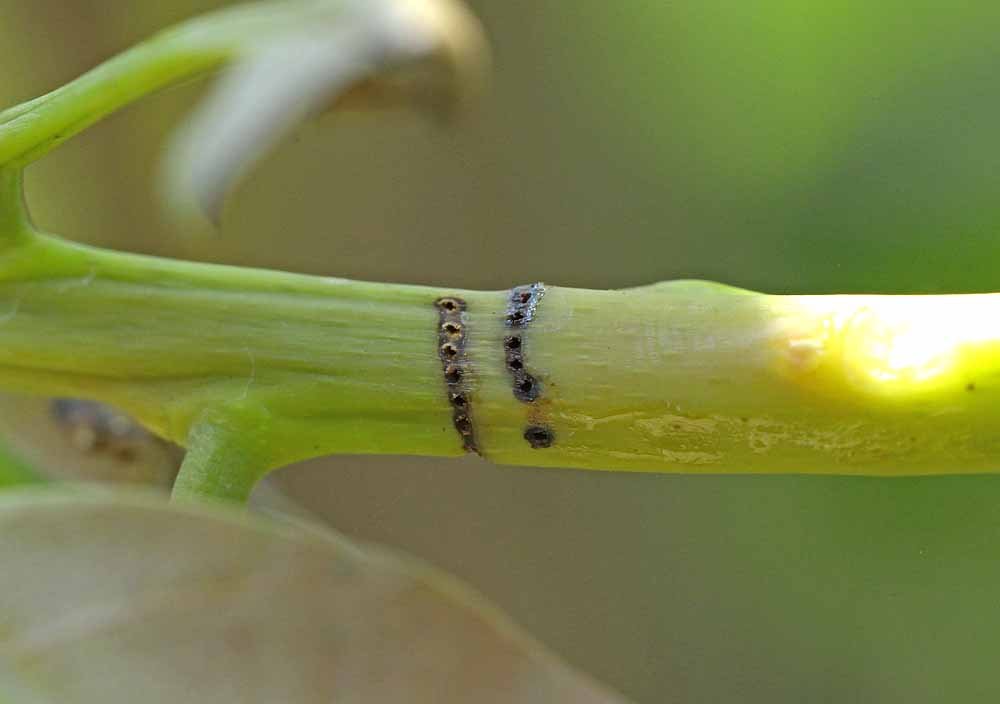
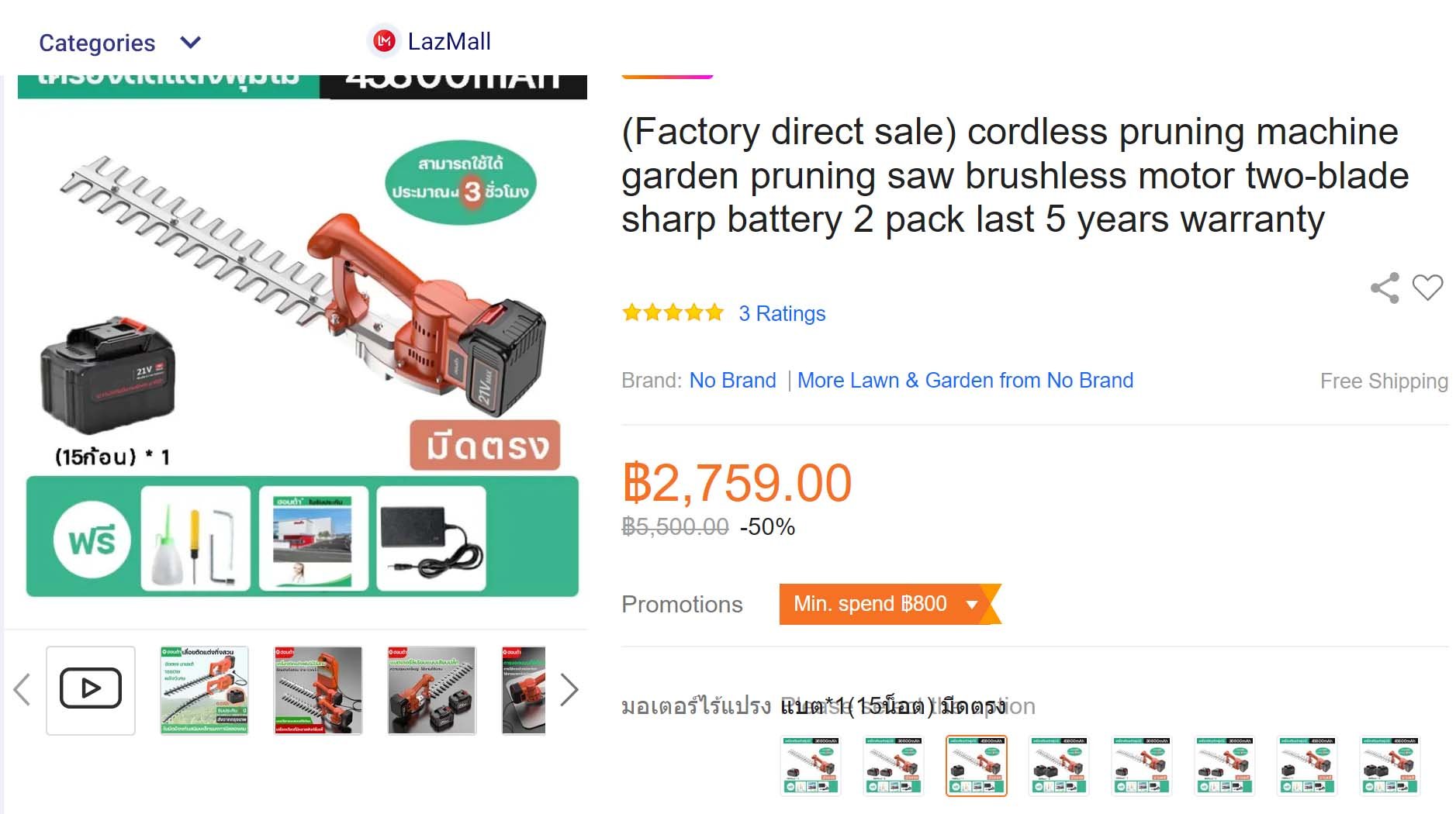
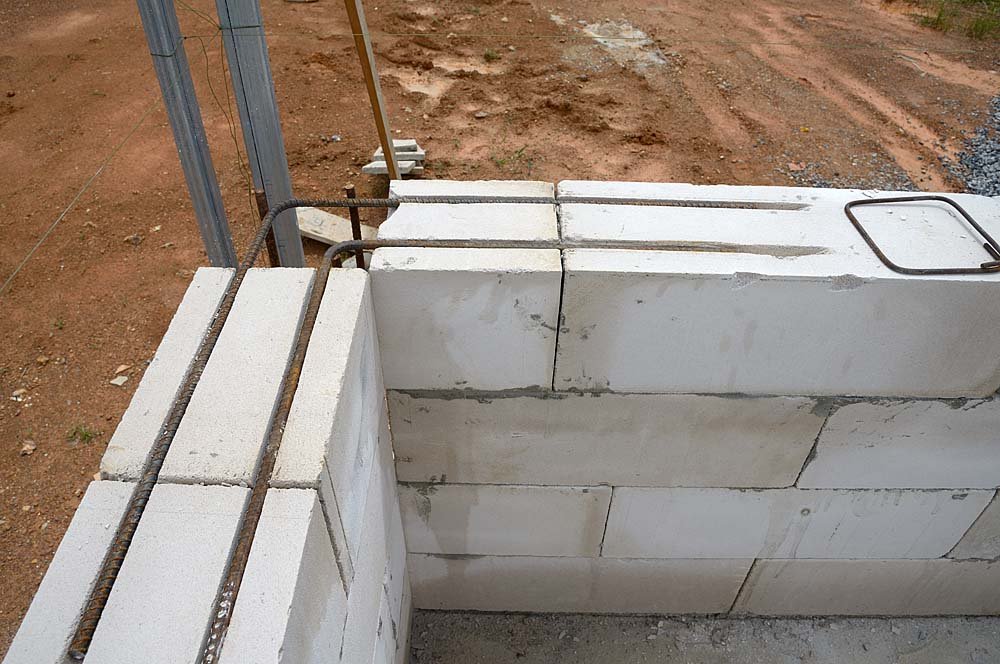
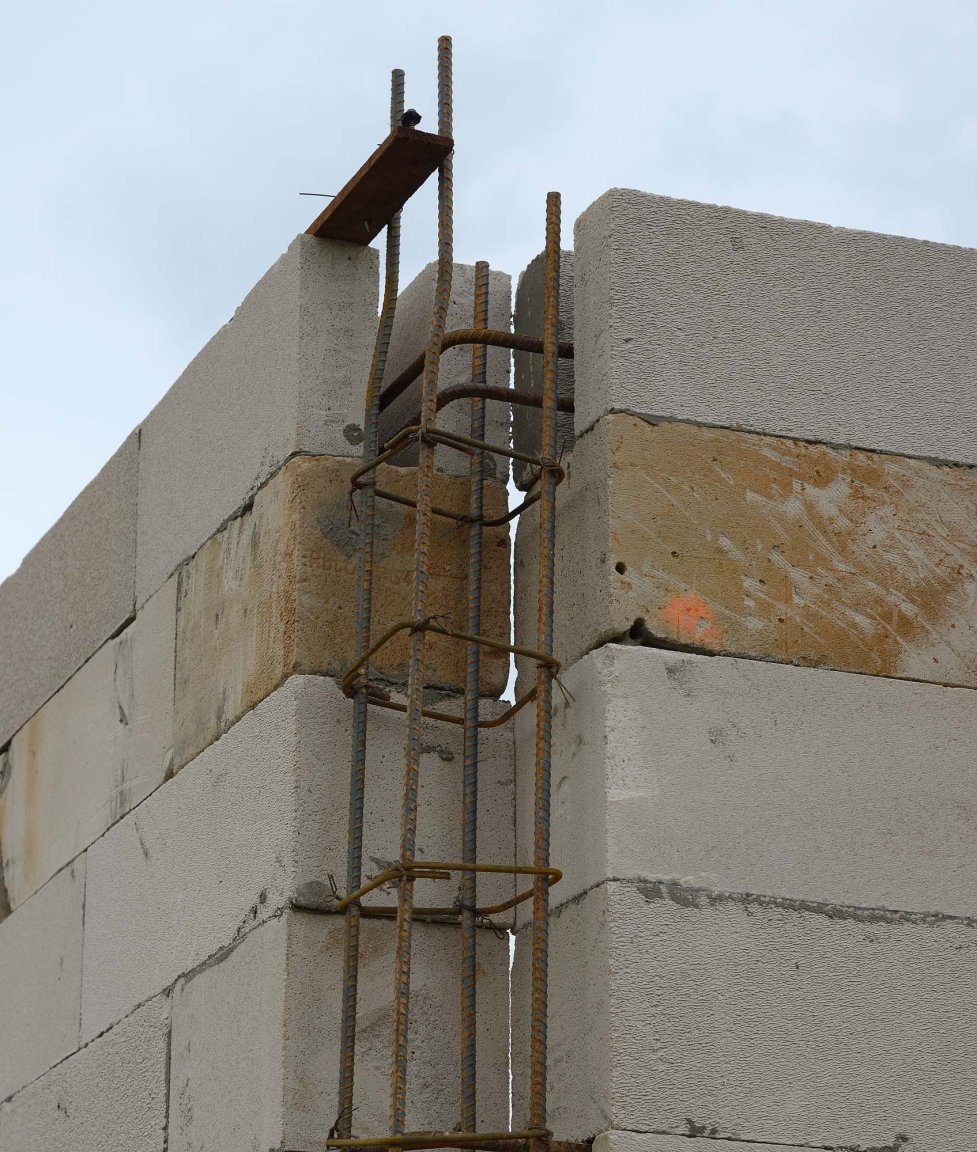
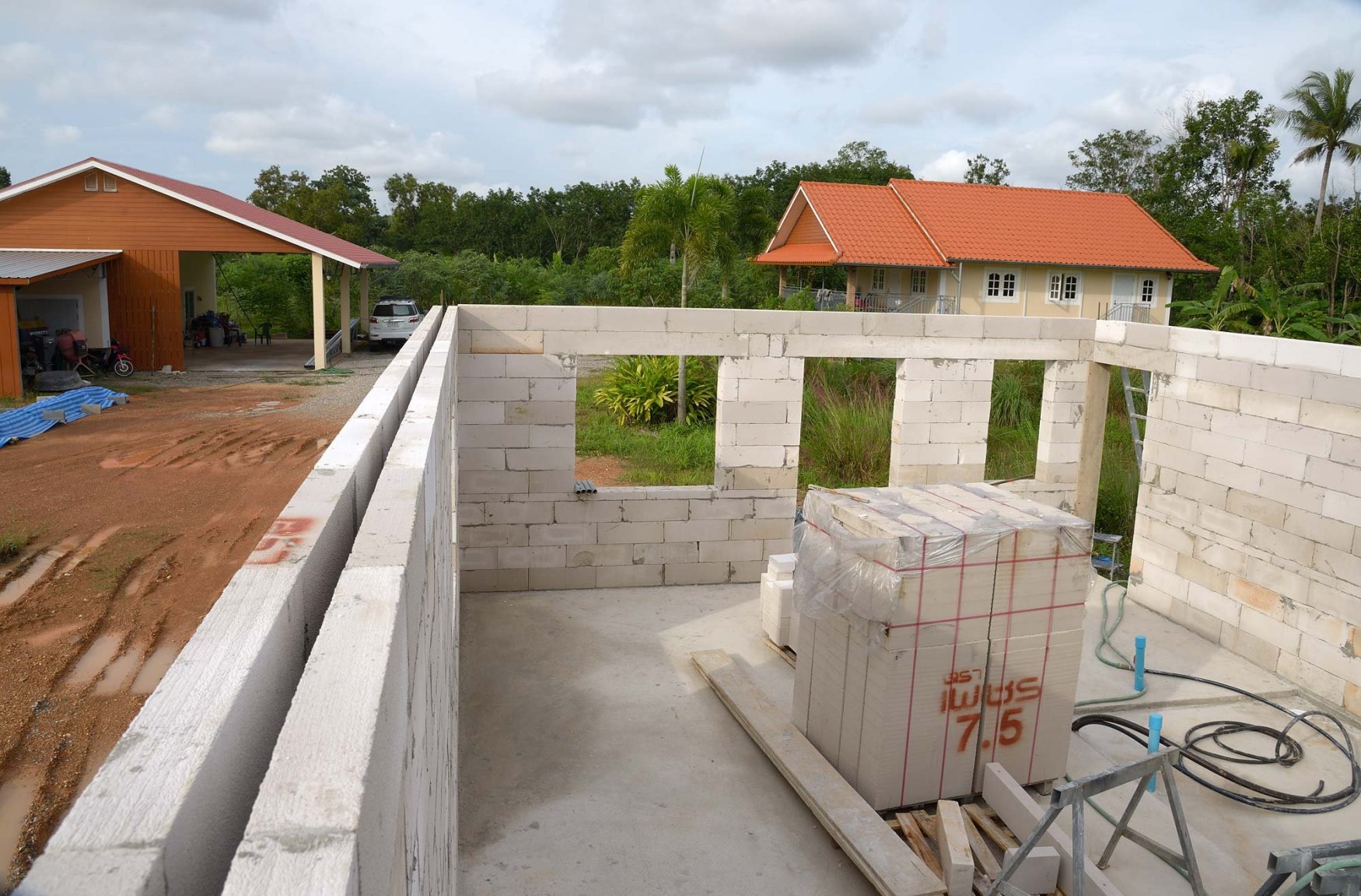
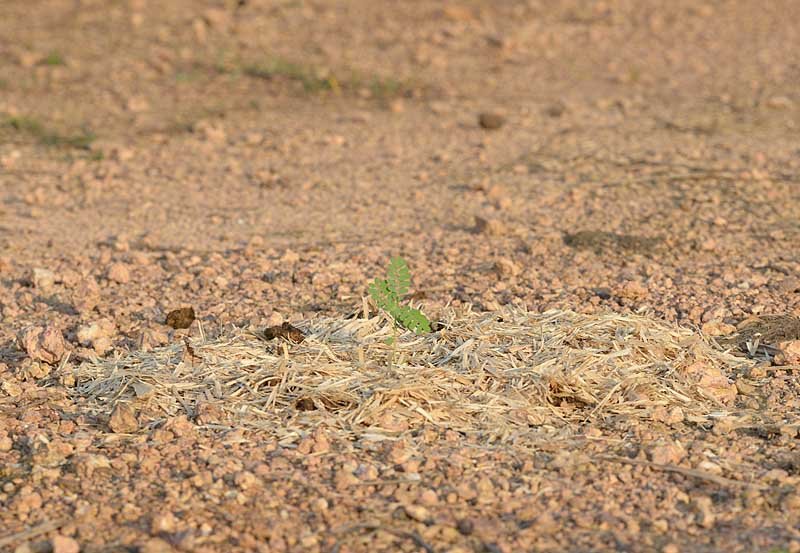

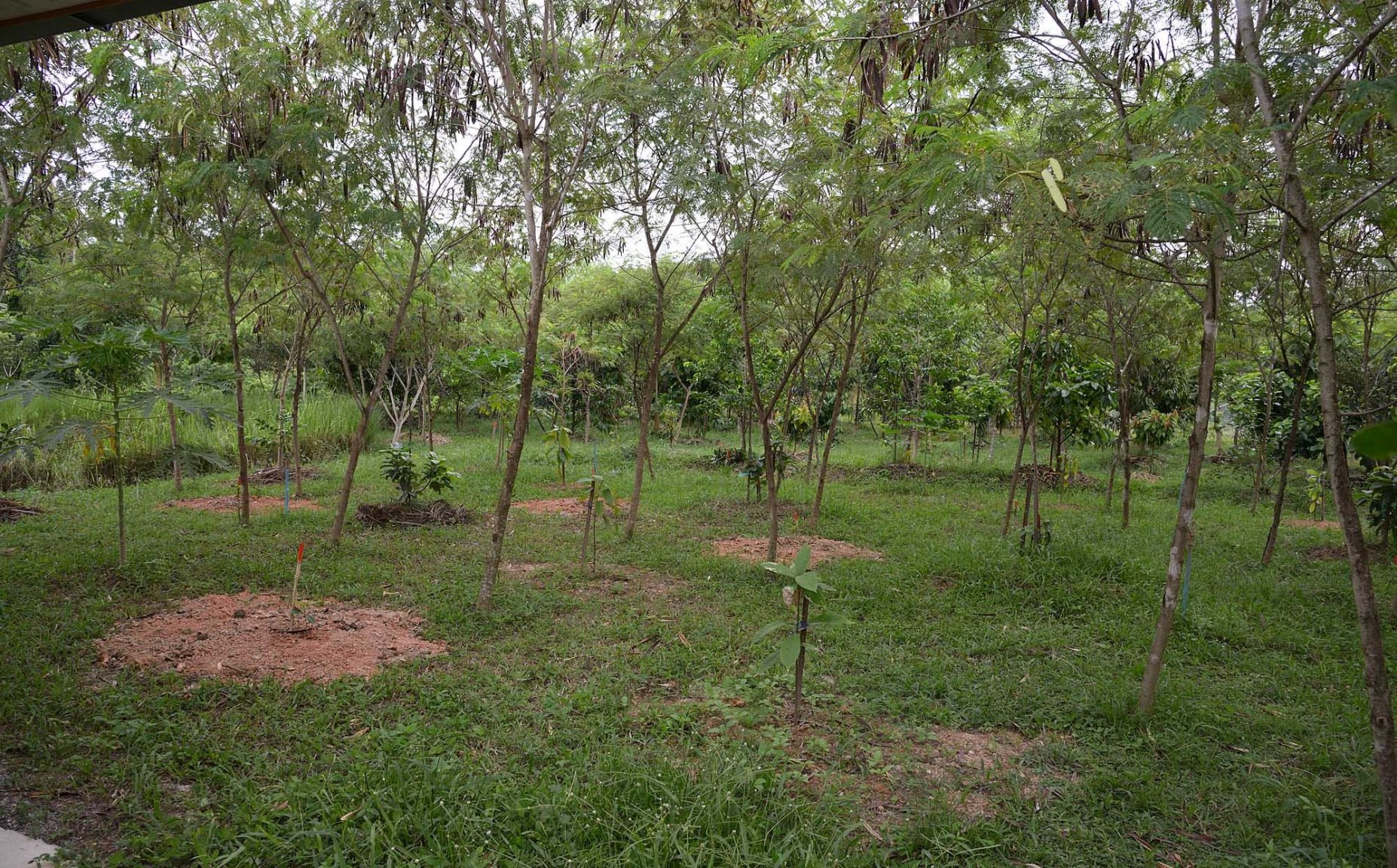
Mango bug?
in Farming in Thailand Forum
Posted
Thanks, I have half of what's on that page. But noting like this.